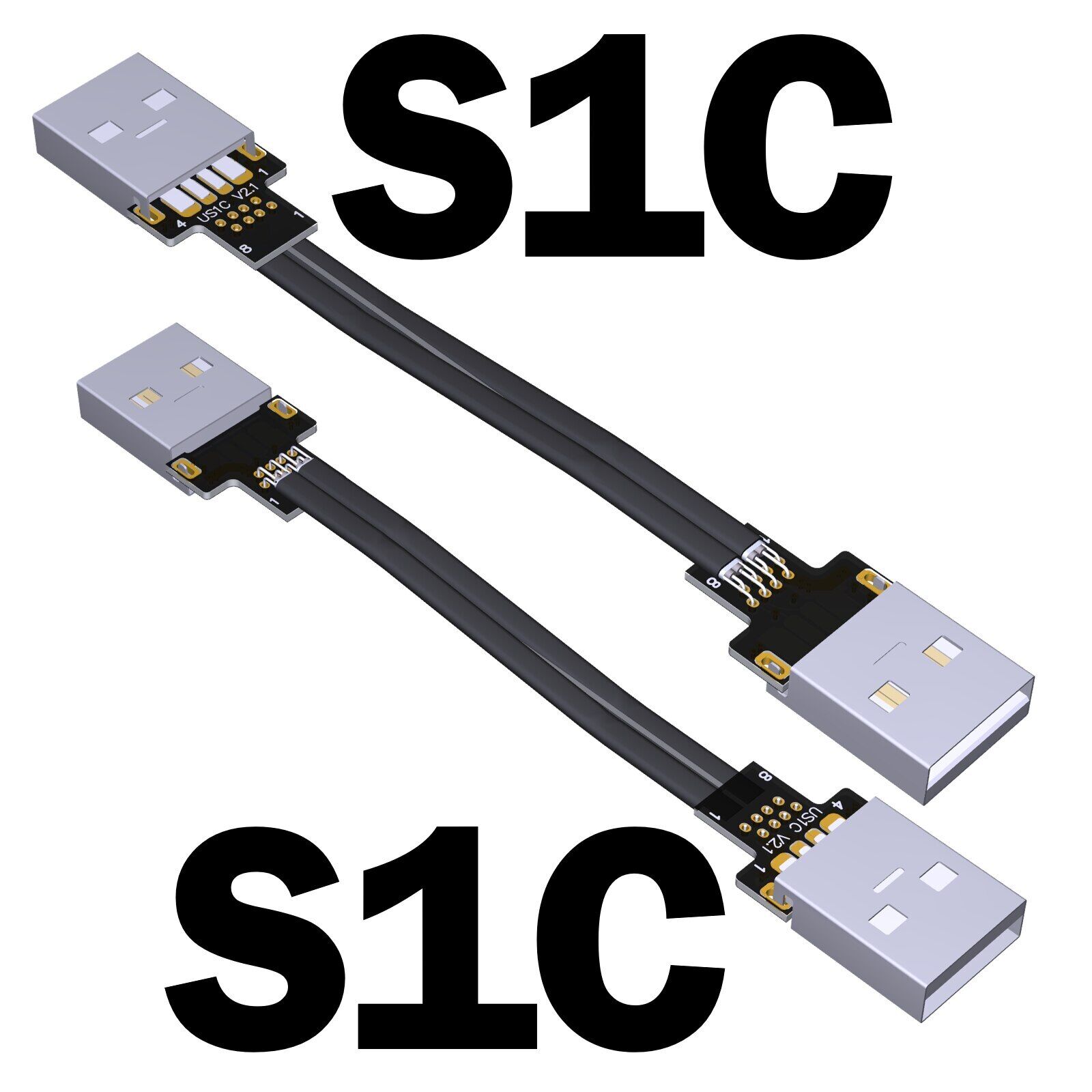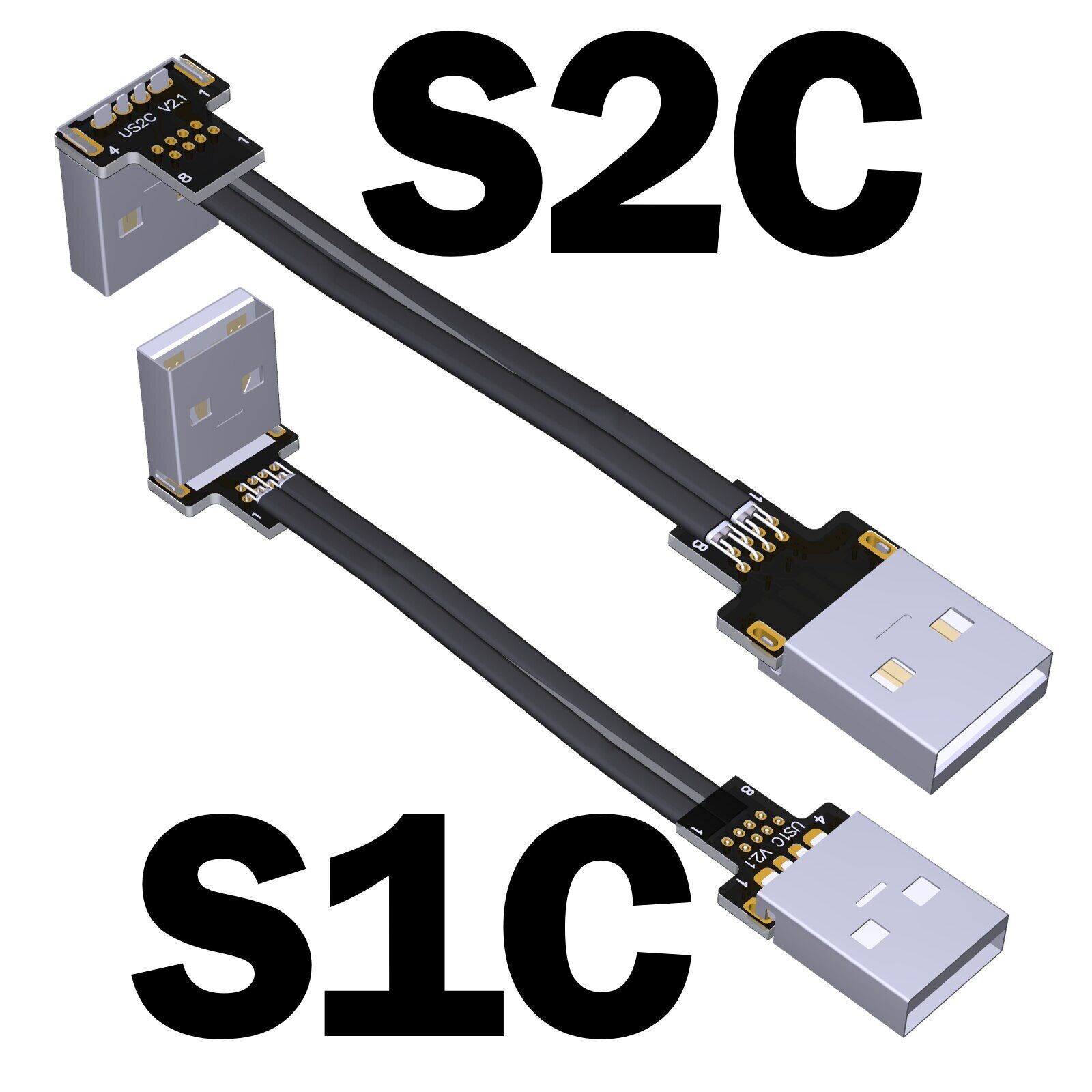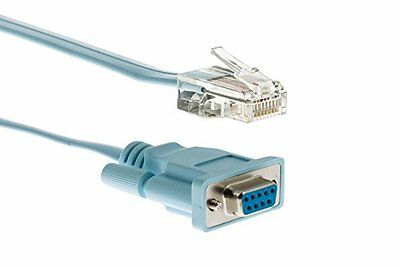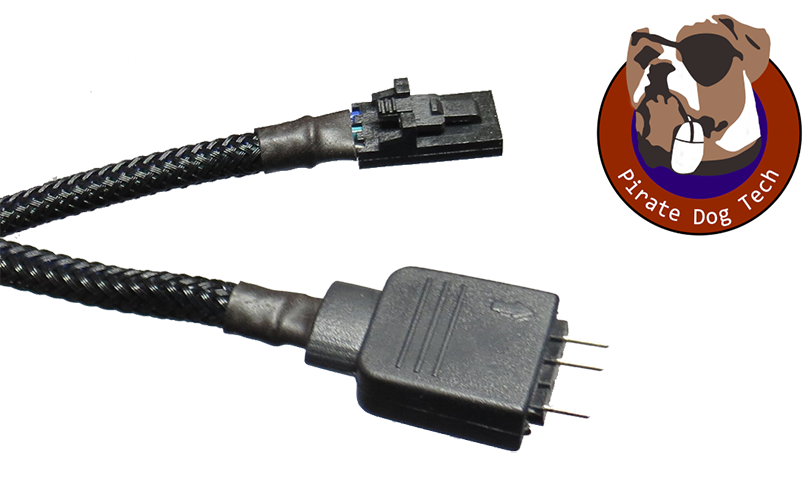-40%
USB A 2.0 To USBA Extension Cable Type A Male USB2.0 Adapter Cable rwith Shield
$ 6.86
- Description
- Size Guide
Description
Product name: USB2.0 Type A extension cableWire length: 0.03m-10m (support length customization)
Compatible range: USB 2.0 type A
Speed Bandwidth: USB 2.0/0.48G/bps
Current capacity: 5V/6A (support high current, measured 10cm supports 6A, 1 meter supports 4A)
Product application: GPS navigator, ROCK Pi 4 Raspberry Pi microcontroller development board, built-in USB device and device for power supply and signal transmission
Wire length description:
The wire length of our shop refers to the wire part, excluding PCB and connectors. If PCB and connectors are included, add about 4cm.
one. Wire advantages, use ADT's self-designed wire, the wire is thin, thin and flat, and the core wire is shielded with aluminum foil for anti-interference
two. Line length advantage, from 3 cm to 10 meters can be customized
three. Multi-core wire design, support high current stability
Four. The PCB adopts high-frequency and low-resistance high-quality materials, the PCB workmanship is precise, the PCB uses high TG sheet, the thickness of the copper material is thickened to 1oz, the PCB power circuit is strengthened, and the multi-core wire design is strengthened to use 2 VBUS and 4 grounds. In this way, there are 6 power cores, the transmission current is stronger, and the high current 5V/6A is supported.
产品图片:
The wire thickness of this product is only 1.3mm, and the wire can be bent or folded without affecting the use.
The wire is shielded by aluminum foil, using EMI shielding conductive polymer, the new material is used for EMI shielding, flat cable design. This technique allows each cable to be completely covered by an EMI shield of conductive polymers to prevent incoming or outgoing emissions of electromagnetic frequencies, minimising interference and performance degradation, and reducing wire weight.













